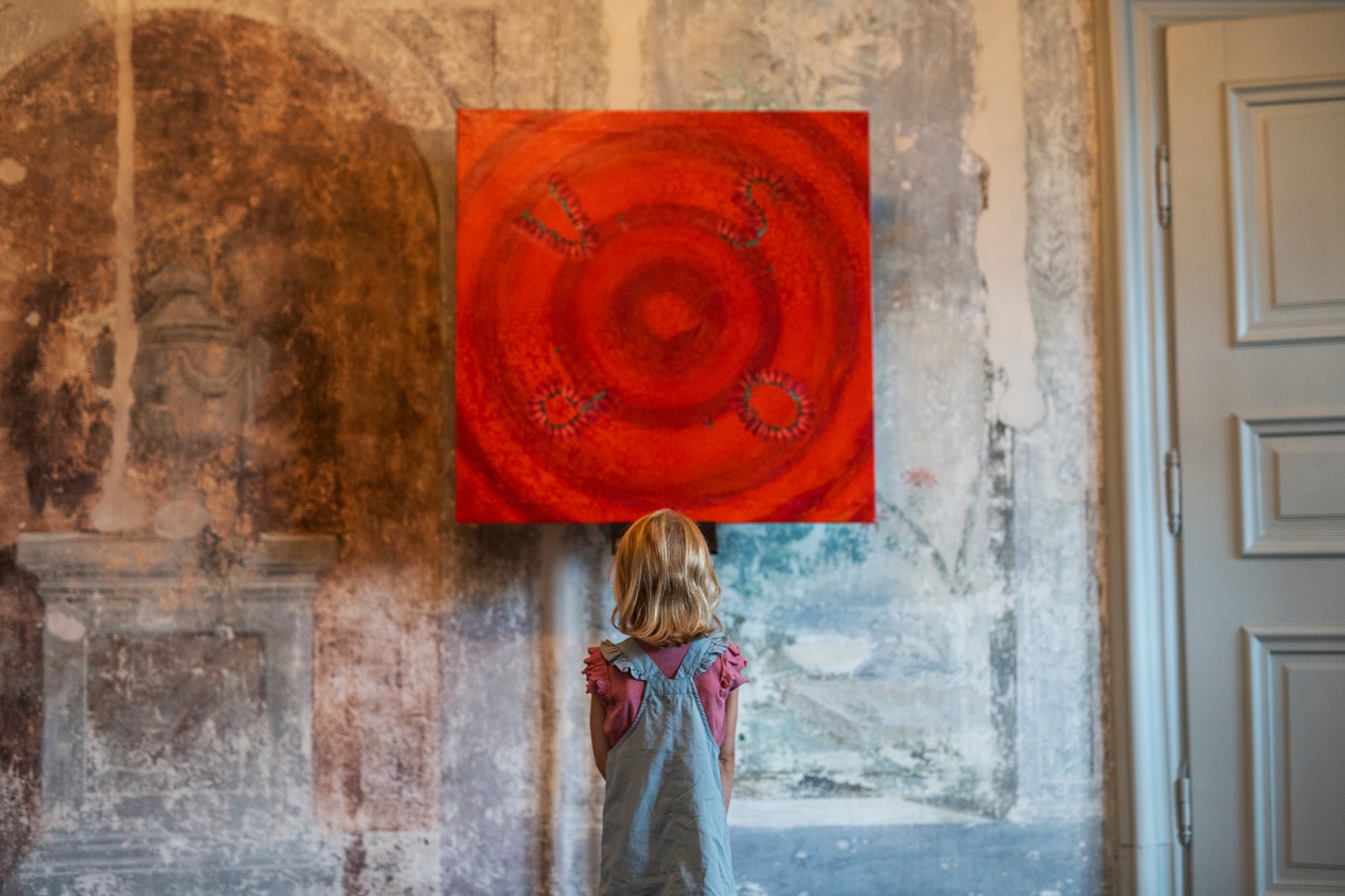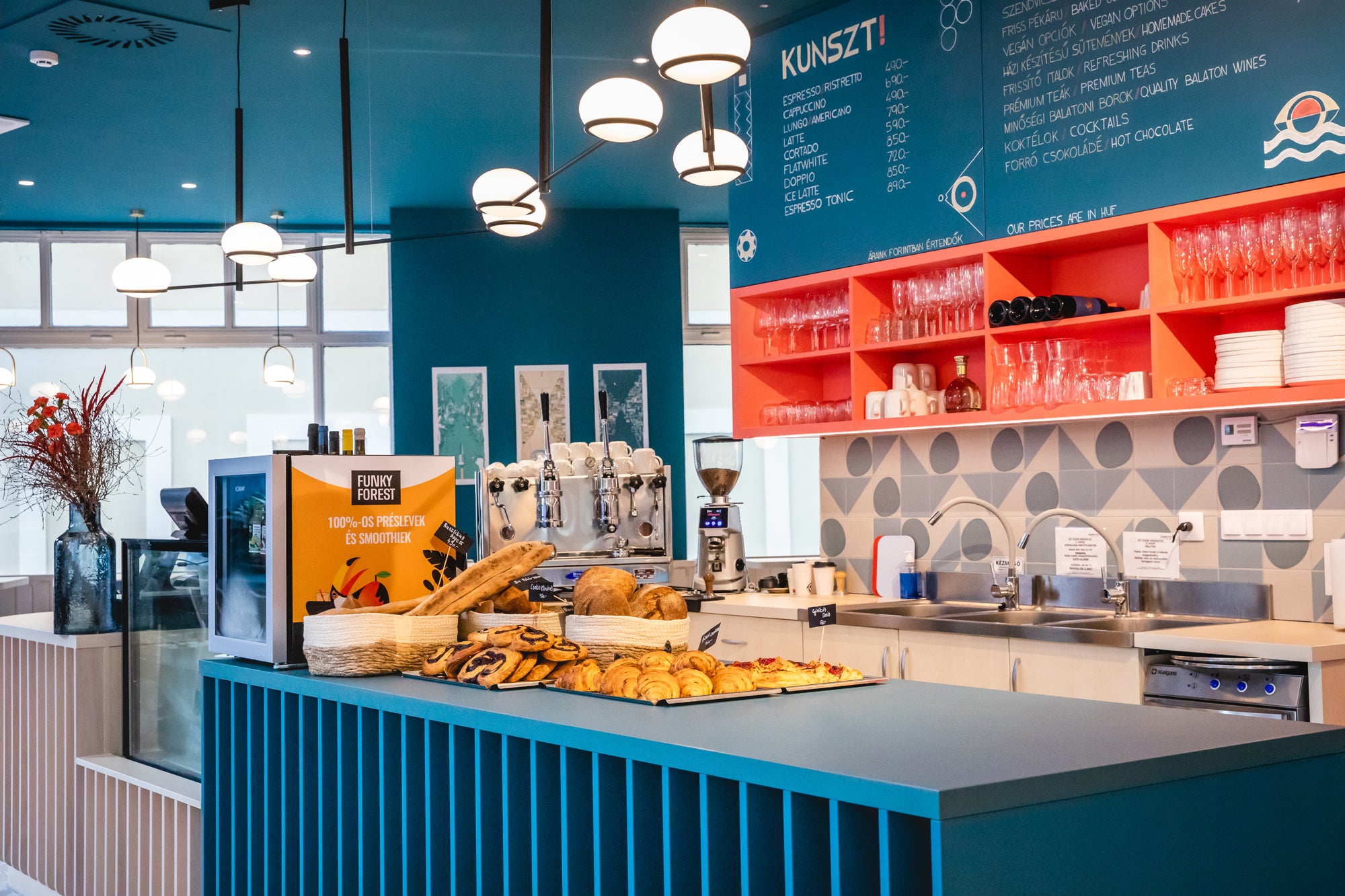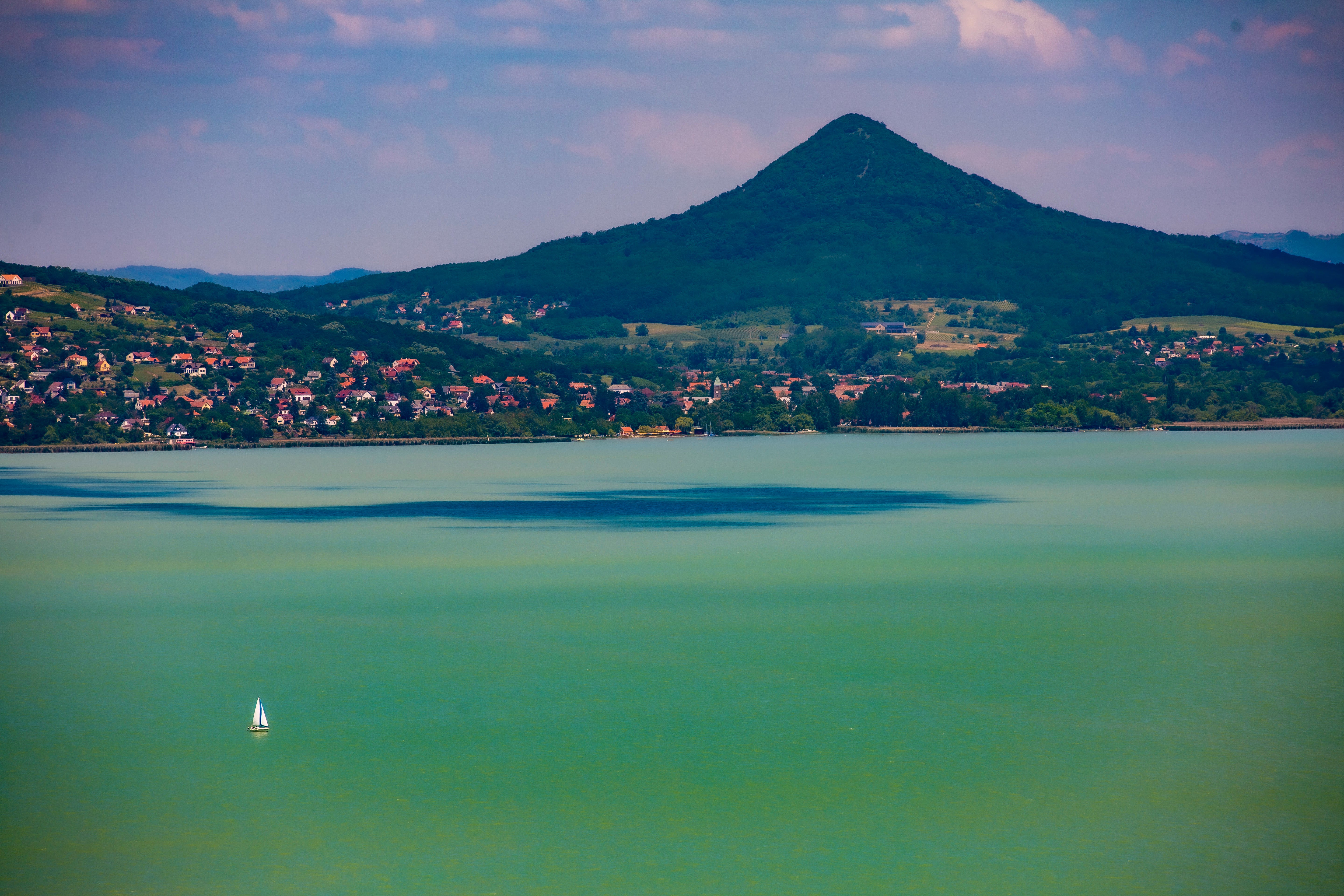The Independent's journalism is supported by our readers. When you purchase through links on our site, we may earn commission.
Capital of Culture: How to spend an artsy weekend in Veszprem, Hungary
One of three European Capitals of Culture for 2023, this lesser-known Hungarian city is stepping into the spotlight. Sarah Holt makes the most a of short break

Your support helps us to tell the story
From reproductive rights to climate change to Big Tech, The Independent is on the ground when the story is developing. Whether it's investigating the financials of Elon Musk's pro-Trump PAC or producing our latest documentary, 'The A Word', which shines a light on the American women fighting for reproductive rights, we know how important it is to parse out the facts from the messaging.
At such a critical moment in US history, we need reporters on the ground. Your donation allows us to keep sending journalists to speak to both sides of the story.
The Independent is trusted by Americans across the entire political spectrum. And unlike many other quality news outlets, we choose not to lock Americans out of our reporting and analysis with paywalls. We believe quality journalism should be available to everyone, paid for by those who can afford it.
Your support makes all the difference.Veszprem in Hungary is a city of many names. It’s known as the City of Queens because the queens of Hungary were once crowned here; it’s called the City of Winds and Bells after the old saying: “In Veszprem, either the wind blows or the bells ring”; In 2019, it was awarded the title of Unesco City of Music. And, this year, it’s adding yet another moniker to its collection. For 2023, Veszprem has been dubbed one of three European Capitals of Culture, and it’s going all out to live up to its new handle by offering visitors a year of events, festivals and exhibitions.
Just an hour-and-a-half’s train ride or drive from better-known Budapest, the city of Veszprem orbits the hilltop Castle District, with its crookedly cobbled streets and pastel-painted buildings.
The history of this area is a chequered one. Its eponymous castle was built in the 10th century but, following years of attempted sieges and sackings, it was eventually razed to the ground. Similar fates befell other proud structures over the centuries, like Hungary’s first cathedral, St Michael’s, and the private royal Gisela Chapel, but these buildings have been reconstructed over the years and are now icons of the uphill area.

A new wave of renovation works by the Archdiocese of Veszprem means that visitors won’t be able to enter St Michael’s and a few neighbouring buildings until later in 2023, but there’s still enough to see in the Castle District to see you through a lazy-paced day.
Highlights include the commanding Heroes’ Gate archway, which commemorates the heroes of the Hungarian revolutions and the World Wars, and the adjacent lookout spot that serves up 180-degree views of northeast Veszprem, with its scatter of Alpine-style homes, steepled churches, leafy green spaces, and the snaking Sed river.
The Tűztorony tower is another must-see. Visit this former fire watch tower on the hour to hear it chime out a piece of verbunk music by Veszprem composer Antal Csermák. Originating in the 18th century, verbunk is a style of music that was played during military recruitment sessions to encourage sign-ups before the introduction of conscription. The city of Veszprem has played a key role in cataloguing and keeping the memory of this music style alive, contributing to the city being awarded its previous City of Music status.
Read more on Hungary travel:
During my visit, I’m especially taken by a blink-and-you’d-miss-it plaque on the wall near Heroes’ Gate that features a relief of a parachuting man. After consulting my guidebook, I discover that the man in question is Faustus Verancsics. Known locally as the Da Vinci of Veszprem, this Croatian-born madcap inventor is said to have once been the captain of Veszprem Castle, and legend has it that he invented the parachute as the quickest way to descend from its ramparts to his sweetheart waiting below. Later, I discover that the history books offer up other explanations of Verancsics’ involvement with the skydiving device – but I don’t let that ruin a good story.
The Castle Hill area is also peppered with art galleries, including the László Vass Collection of contemporary Hungarian art, the Csikász Gallery of fine arts, and the Dubniczay Palace. It’s the latter that siphons off most of my time in the uphill area. I visit during the exhibition of Carl Jurgen Schroth’s private modern art collection and am awed by the juxtaposition of the collector’s hyper-modern artworks and the faded frescoes that still haunt the walls of the 18th-century palace.

In the coming year, visitors to the Dubniczay Palace will be able see everything from the neo-avant-garde works of “underground” artist Gábor Attalai to kinetic art displayed in this extraordinary setting. From November, visitors to the Castle District will also be able to visit the newly opened Human Behind the Bar exhibition in the former Veszprem Dungeons, which tells the stories of the building’s former inmates and dives into old torture practices and the habits of former hangmen.
Down the hill from the Castle District, Veszprem’s Old Town is a cluster of Art Nouveau buildings in custard, cornflour blue and marshmallow tones. There are a handful of antique, craft and art shops here, but the main draw of this area isn’t shopping – it’s food and drink.
Over the past few years, a string of novel, slightly kooky cafes, bars and restaurants have established themselves in the Old Town area, incentivised by the city’s European Capital of Culture initiatives. Kunszt is one such place. As well as offering an all-day brunch menu – I pick the Eggs Royal with beetroot-pickled salmon and avocado – the business is home to a little store area where local artisans sell everything from eco-friendly shopping bags to jewellery.

Then there’s Papírkutya; with its mural-painted walls and chessboard-printed tables, this is the place to come to tuck into tapas and sip a glass of local olaszrizling to the sound of live jazz or acoustic guitar music. For more in the way of live music, there’s the 500-seat Hangvilla concert hall, where you can watch everything from chamber orchestra recitals to choral performances.
Alternatively, you can time your visit to the city to coincide with one of its many live music festivals, like the Blues Festival in April, the multi-genre VeszpremFest or the Street Music Festival in July, and the Rosé, Riesling and Jazz Days and Auer Classical Music Festival in August.
The city is also a well-appointed base from which to explore Lake Balaton, a 20-minute train, bus or taxi ride away. Pooling out for almost 600sq km, this vast lake is also known as the Hungarian Sea. Walking and biking trails loop their way around the water and swimming is safe, with temperatures resting between 20 and 26C in spring and summer.
The lake is also lassoed by vineyards that welcome visitors for tours and tastings of fruity olaszrizlings, silky sauvignon blancs and nutty pinot noirs. Some of the closest wineries to Veszprem are Figula, Gyukli, Koczoe and Zelna, which all have yawning al fresco drinking areas in view of the vines.
This may be Veszprem’s year in the sun, but there’s more than enough to keep visitors coming back after 2023.
Read more on booking our cultural tour of Andalucia
Travel essentials
Getting there
Trying to fly less?
There are myriad flight-free options for reaching Budapest, including taking the Eurostar to Brussels, a Nightjet sleeper to Vienna, and a EuroCity train to Budapest. From there, it’s a 1hr30m train to Veszprem.
Fine with flying?
Wizz Air, easyJet and Ryanair all fly from the UK to Budapest; from there it’s a 1hr30m train to Veszprem.
Staying there
Set among the leafy greenery of the Sed River valley, a 10-minute walk from the Castle District, Hotel Villa Medici offers balconied rooms, a gentleman’s club-style pub, and a convent-quiet spa.
More information
For anyone wondering how to sardine all the city’s sights, live music, art, food and wine into one trip, the good news is that the organisers of Veszprem-Balaton have created an app that lets you tailor your visit. To download it, search for VEB 2023 in the Google Play or Apple Store.
Join our commenting forum
Join thought-provoking conversations, follow other Independent readers and see their replies
Comments